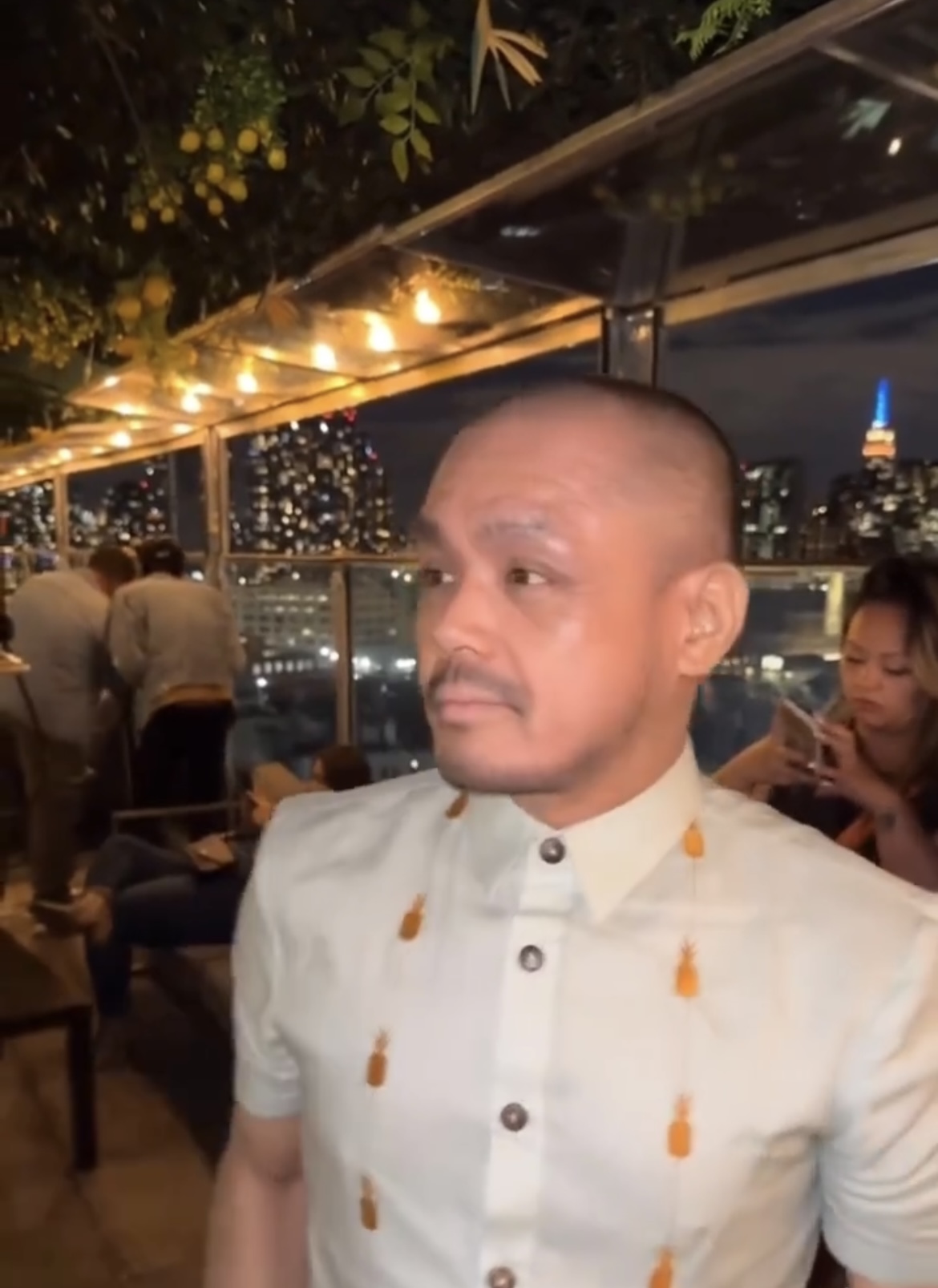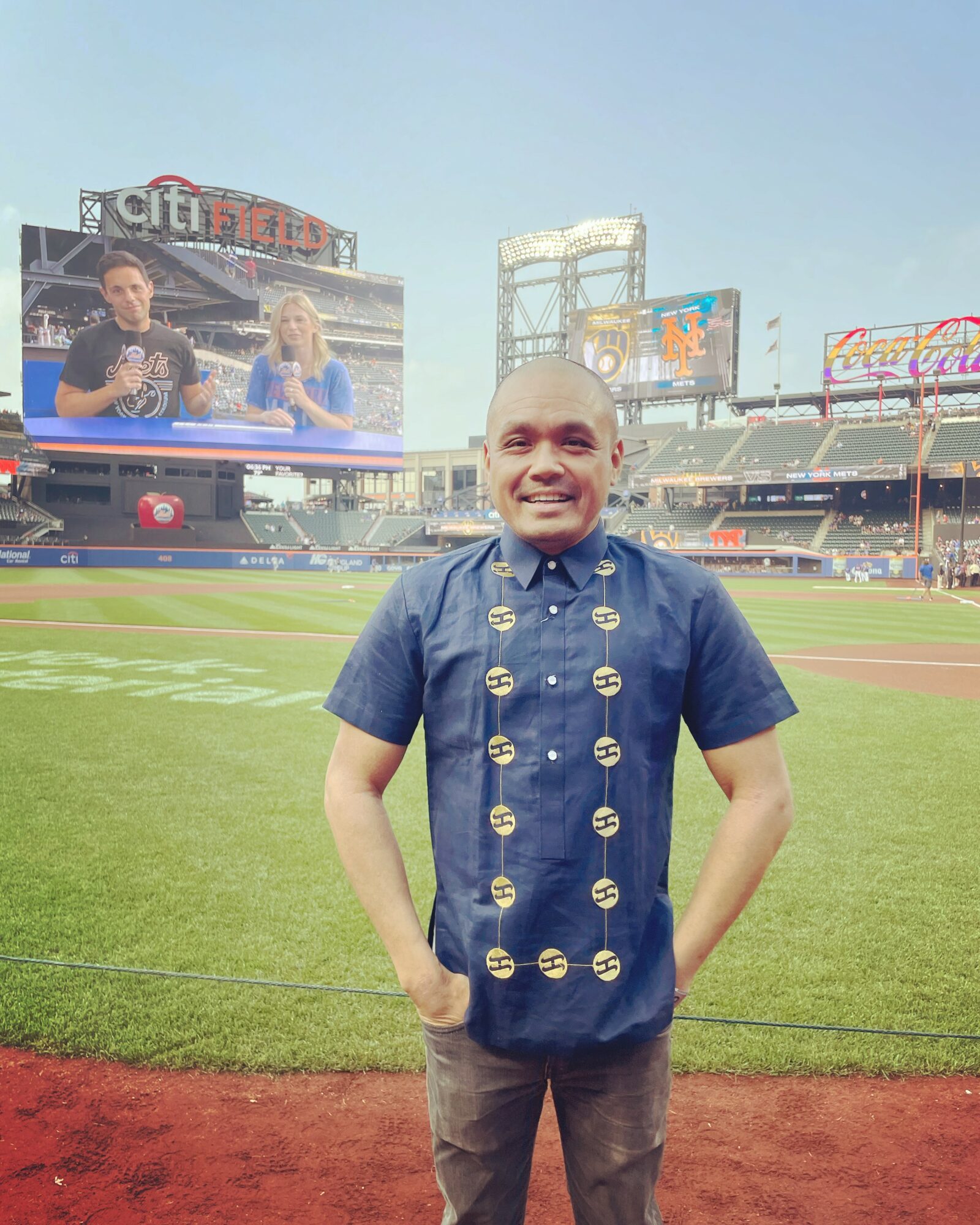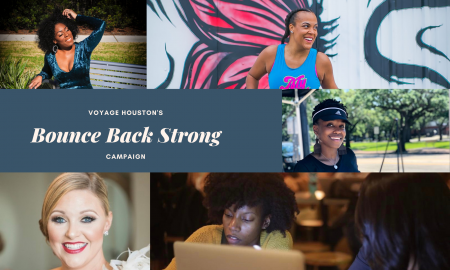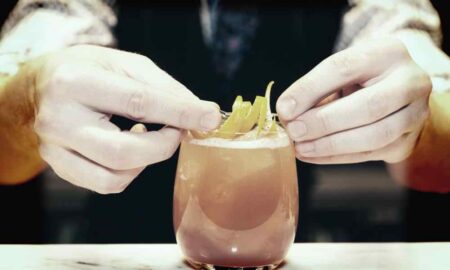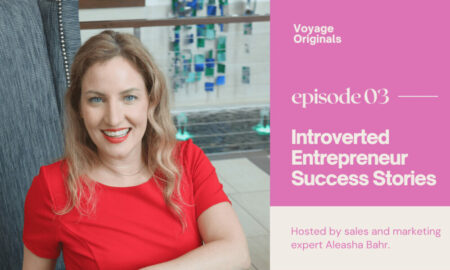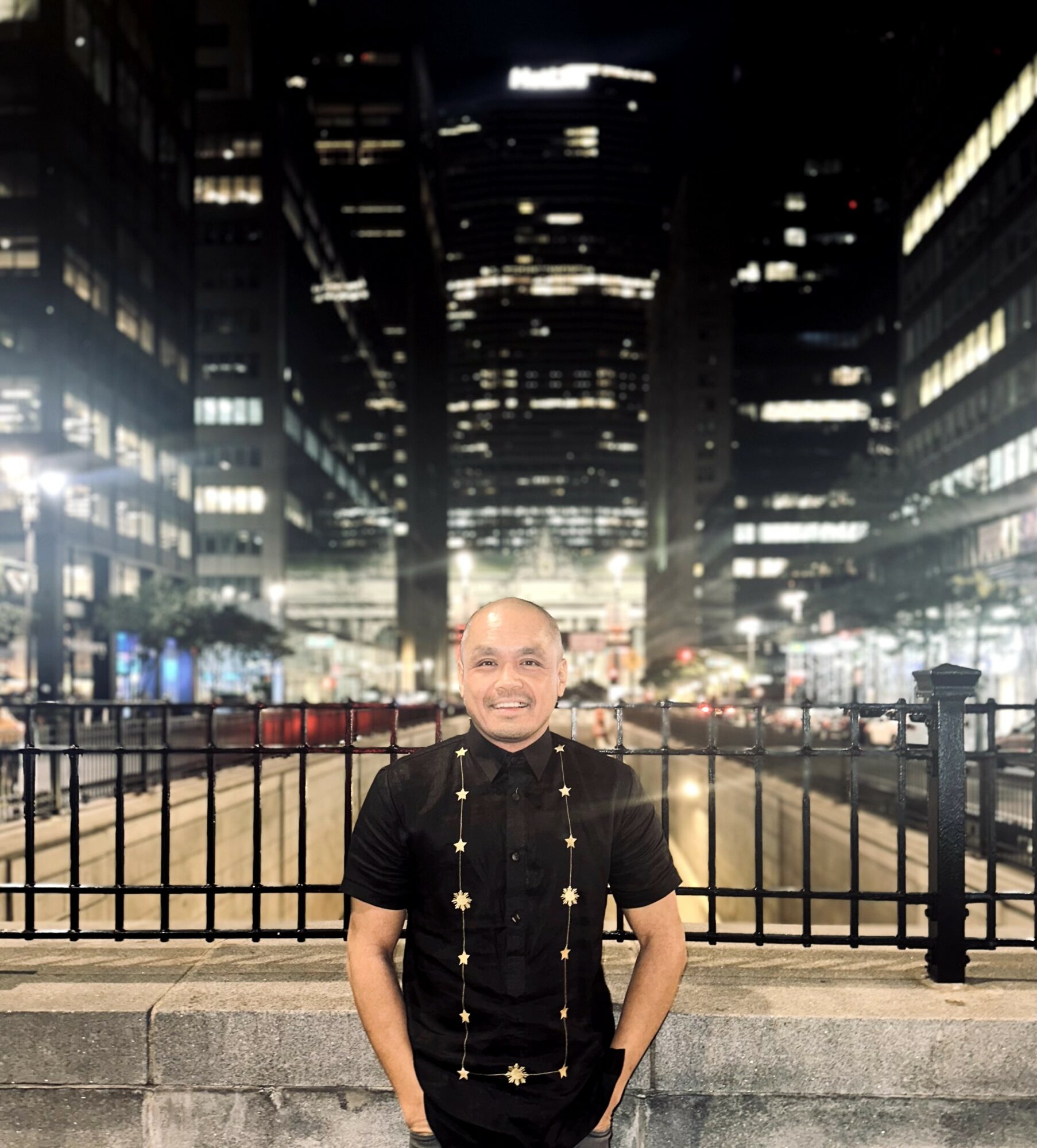 Today we’d like to introduce you to Randy Gonzales
Today we’d like to introduce you to Randy Gonzales
Hi Randy, so excited to have you on the platform. So before we get into questions about your work-life, maybe you can bring our readers up to speed on your story and how you got to where you are today?
I needed a Barong Tagalog back in 2013 to walk in the Philippine Independence Day Parade in New York City, which is the largest celebration of Philippine Independence outside of the Philippines. This would be my first time wearing a barong in public, so I wanted to present myself and the national garment of the Philippines in the best light possible. I was not crazy about my options in stores and online. I also was not a fan of how I had seen the barong presented and worn to that point. They were usually worn oversized, baggy, and unflattering to the wearer. The embroidery was ok, but not great. I waited for someone to come along and make a barong that would fit my personal preference for clothing: a tailored fit and a proportionate length to my body, plus impressive, complex, and memorable Philippine embroidery.
The barong that I was waiting for never arrived. So, in 2015, I went to the Philippines to find the best barong makers I could possibly find and to learn more about how the Barong Tagalog was made. My month-long trip and further research eventually led me to Lumban, Laguna, which is the embroidery capital of the Philippines. This town is a known for beautifully made barongs, terno dresses, and other filipiñiana clothing, and it continues a centuries-long tradition of calado hand embroidery, which includes various embroidery styles and techniques taught by the Spanish via the Catholic Church during Spanish colonial rule in the Philippines (1565 – 1898).
I was so happy with the barongs I found for myself that I wanted to share access to these precious garments and highlight the very skilled and hardworking garment workers of the Philippines. Thus, the idea for Pineapple Industries was born. The barongs we offer would be made in the Philippines using traditional methods and made of traditional barong fabrics, especially piña fabric, which is made of pineapple leaf fibers and is only made in the Philippines entirely by hand.
I’m sure it wasn’t obstacle-free, but would you say the journey has been fairly smooth so far?
It certainly was not. I faced a lot of challenges.
I had no education or experience in clothing, fashion, or design. So, after a lot of research and reading, I just went out and designed and made barongs. Through trial and error, and dozens of barongs later, I felt confident enough to offer my barongs to the world.
Trying to change culture, buying habits, and create standards for our national garment, which is our cultural formal wear, was and is especially challenging. The current mainstream mindset for finding and buying barongs is “what is the least expensive barong I can possibly buy?” Trying to make people care about how a barong is made, who makes it, and what it looks like, and to have them invest more money in quality and the small family businesses in the Philippines that make them is no easy feat. It takes a lot of education. I had to educate myself on the complete history and tradition of the Barong Tagalog, and how it has evolved over centuries to be able to say “this is the definition of what a barong is and how it should be worn”. I also had to learn about how barongs are made to really be able to convey that the aesthetic beauty, complexity, and all the love, care, and working hours put into the barongs I sell are really worth the price. Trying to spread my knowledge to others is even tougher, but I continue to try one person at a time.
Normalizing the Barong Tagalog into American everyday clothing is another challenge I am taking on. The barong began historically as everyday wear long before it ever was used as formal wear. So, bringing the true essence back to the garment and making it more accessible, affordable, and wearable for daily use is important to bring attention to barongs, our culture overall, and to make people, especially Filipinos, more inclined to incorporate them into their wardrobes. I had to develop and design a unique and easy-to-wear line of barongs that were well-made with quality fabric that stayed true to our barong history and tradition while still remaining reasonably priced. From there, our everyday barong line was born.
Great, so let’s talk business. Can you tell our readers more about what you do and what you think sets you apart from others?
Although I seek help when I can, I do the bulk of the work. I design the barongs, create the content, maintain the website and social media accounts, place orders with our vendors, fulfill orders from our customers, provide customer service, ensure compliance with laws, attend in-person events, and promote the brand every chance I get, among other duties of running a small business. It is a lot of very hard work, but it is very rewarding.
I would hope that Pineapple Industries is known for a historical and tradition-based approach to the Barong Tagalog with some modern updates because that informs how our barongs are made and presented. We go for the classic looks and tend to avoid chasing trends. Staying true to the cultural base of this garment is in this company’s DNA. Presenting the history of this garment is crucial to informing our audience that this garment and its history and tradition are worth respecting, preserving, and continuing.
We are most proud of the brand, good will, and community we have built. Word-of-mouth remains our most important advertising. A huge source of pride is all unforgettable, crucial, and beautiful moments captured in photos that our clients / friends allow us to post on social media. This is the ultimate endorsement.
Do you have any advice for those just starting out?
Learn everything you can about what you love and care about. This will make you love and care about that thing more, and it will become a passion and ensure you stick with your craft and do it to the best of your ability. I learned everything I possibly could about the Barong Tagalog, and I continue to seek more knowledge on garment making, designing, and barong history. I now am considered an expert and authority on the Barong Tagalog and Filipino traditional clothing. I love Filipino culture, history, tradition, and clothing. These will forever be a part of my life. All of this has contributed to me really accepting and loving myself, my culture, my community, and where my family came from.
Always give back to the culture and people that inspired you. This will ensure your longevity. I do this by committing to have everything I sell made in the Philippines. I also do this by supporting other Filipino brands, organizations, and communities around the US. I have a great network of support, and I couldn’t have done any of this without the people that contributed in small, medium, and big ways.
Just go out there and try. If you practice a lot and regularly, and learn from your mistakes, you will improve. I had no experience making clothing, but I really wanted to design and make barongs. So I just went out and did it. I made a ton of mistakes, but those taught me the biggest lessons. I have made hundreds of barongs, well over 500. I am not perfect, but I am really good. When I close in on 1,000, I will be even better.
In business, nothing will ever be perfect. Do not let that stop you from going out and reaching your goals. You have to get out there and start at step one. For the longest time, I was afraid to launch my business because “it wasn’t perfect”. That kept me away from a lot of opportunities. I missed out on chances to shine. A lot of wise people told me to just get yourself out there as soon as possible. The market and the people will guide you and steer you in the right direction. Just be sure to take the good advice and make the adjustments along the way. This will all get you closer to reaching your goals.
Contact Info:
- Website: https://pineappleind.com
- Instagram: https://www.instagram.com/pineappleindm2m/
- Facebook: https://www.facebook.com/pineappleind/
- Twitter: https://x.com/pineappleindm2m/
